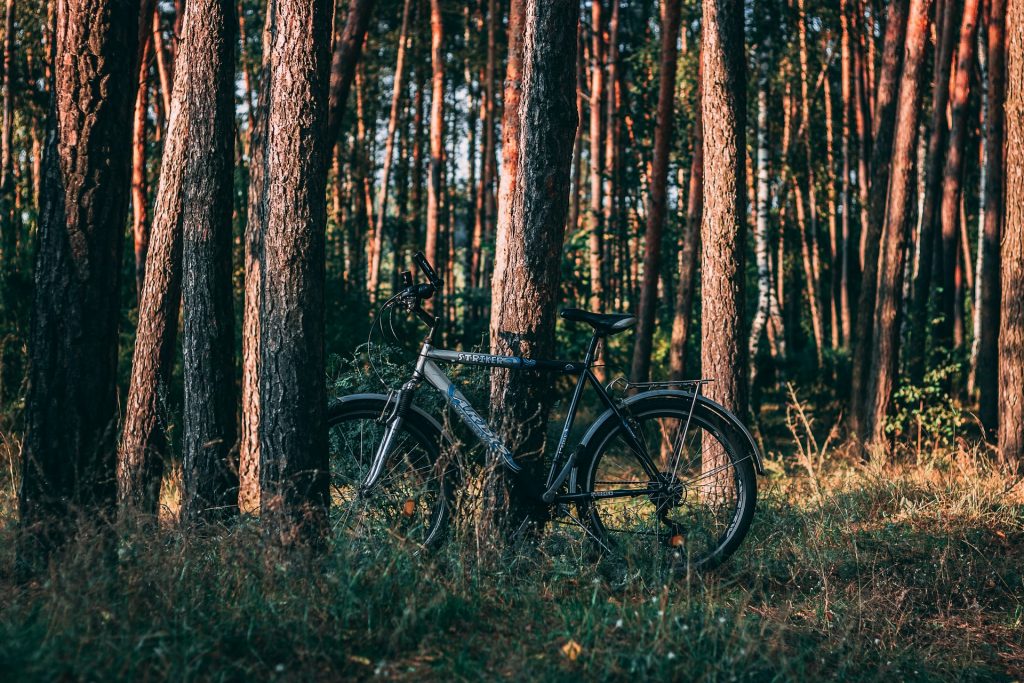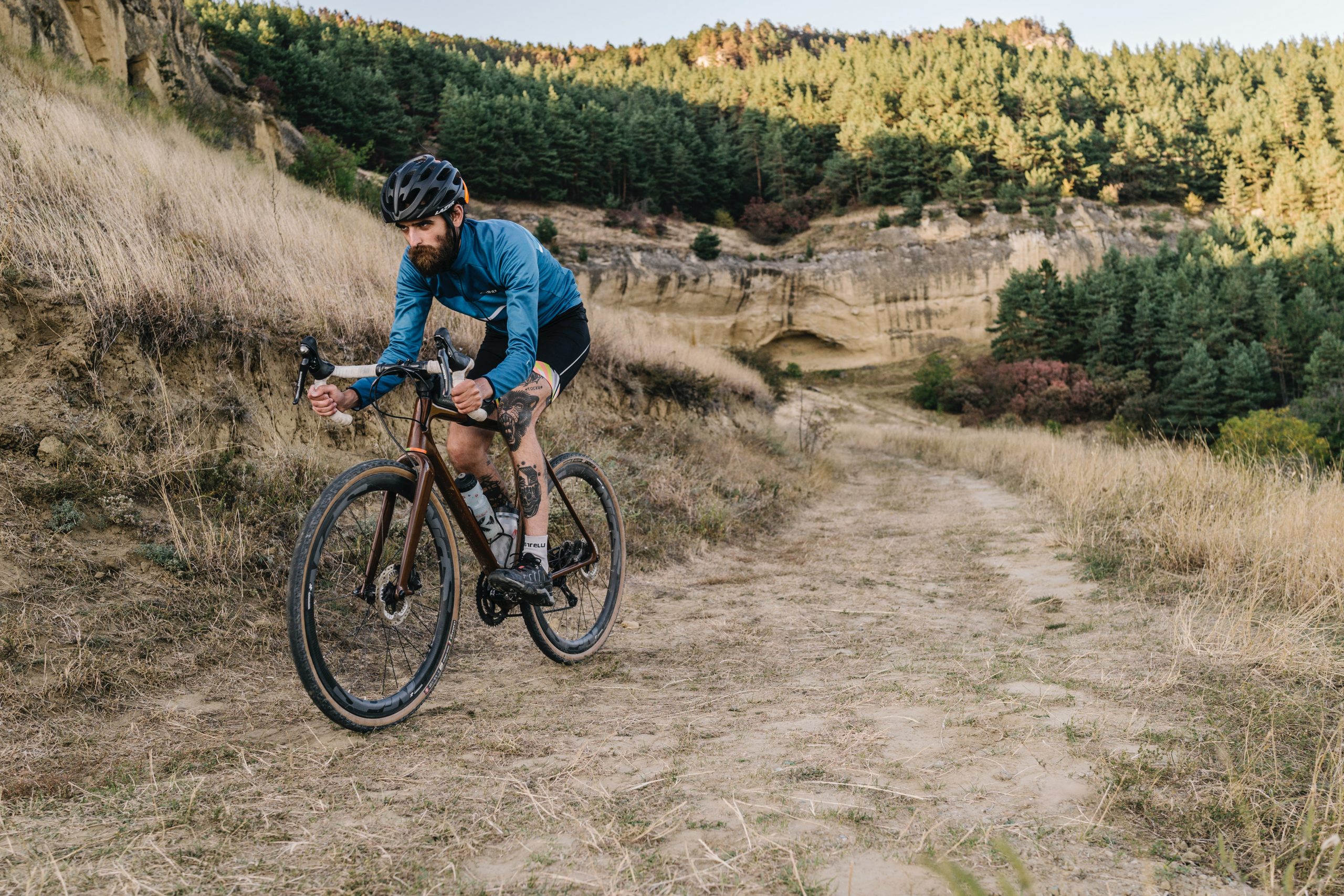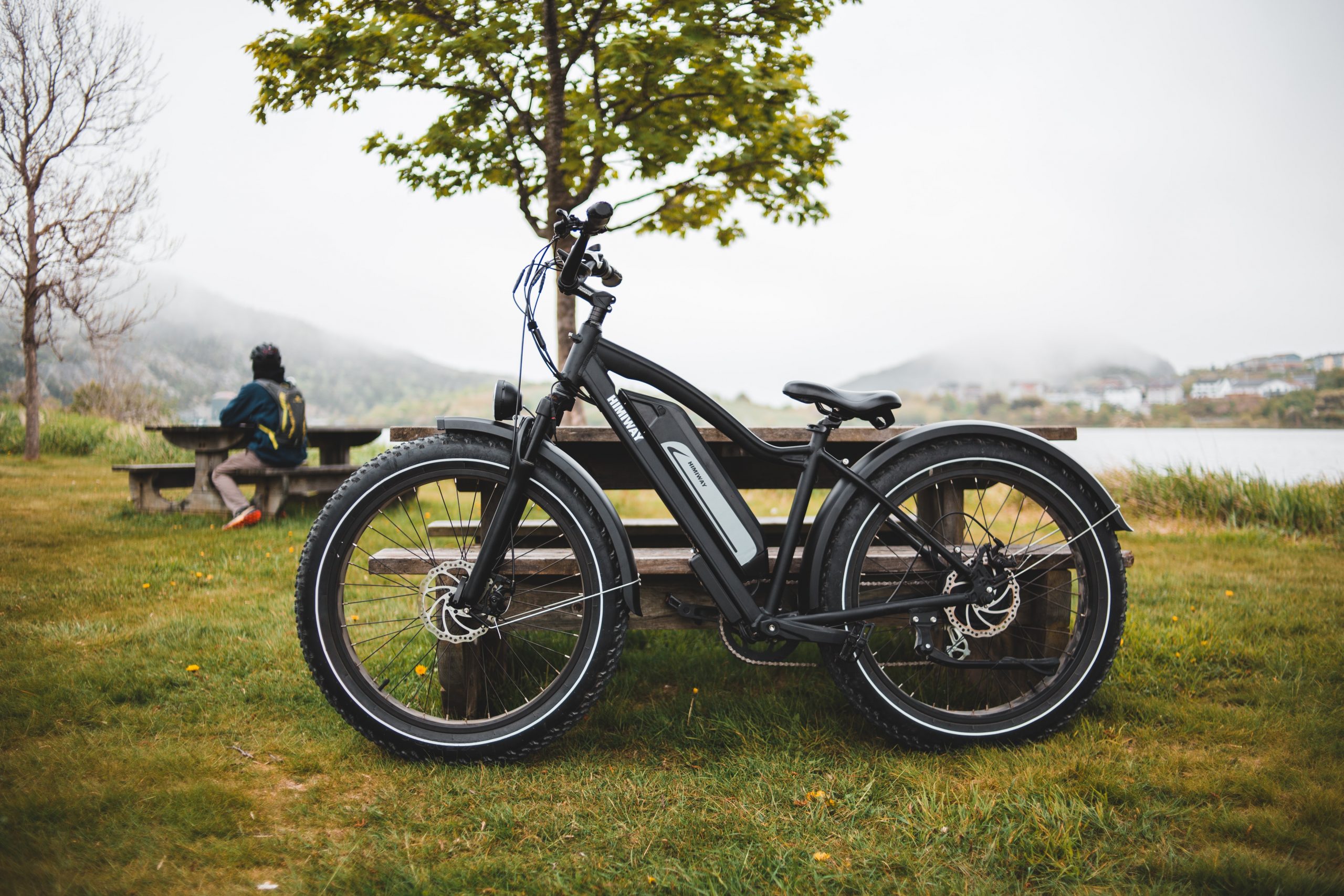Because of the increased concern over using public transportation, the Covid-19 pandemic influenced what is being referred to as the “bike boom”. More people started using bicycles as a form of active mobility. However, you probably know someone who has been a victim of bike theft, or maybe you yourself were. Although bike theft has been an issue for a while, because of this increase in bike sales and usage, crimes surrounding bicycles have grown as well.
Having the best safety equipment is worth nothing if you can’t use them properly. Below we’ll go through some things you can do to help prevent your bike from being stolen, starting from the best locks you can buy to knowing how to lock your bike. These tips will assist in making your bicycle more effort than-it’s-worth stealing for the thief.
See If You Can Insure Your Bike
Sometimes, it is best to expect the worst. In case your bike ever gets stolen, insurance can help you with the cost of a new bike. Ensuring your bike is covered by the best insurance will be worth it. There are a few types of bicycle insurance covers that you can invest in. You can pay for bicycle theft insurance or insure your bike via your home insurance as part of your personal belongings.
Carefully look through your options, consider your coverage requirements, and choose a company that fits your budget, and has good reviews and service quality.
What Locks Can You Use?
Three popular types of bike locks that you can use are our u-locks, chain, and cable.
U-Locks
U-locks, also known as D-locks, are a type of bicycle lock that features a sturdy steel shackle in the shape of a “U.” They are locked into place with a key or combination and are a popular choice for cyclists due to their compact size and ease of use. Most U-locks are quite heavy. Therefore, they require power tools to cut. If you purchase a high-security model, like Kryptonite’s The New York Lock Standard, for example, that uses double bolts, it will make the theft much more difficult.
Chain Locks
Chain locks are a type of bicycle lock that consists of a chain made of hardened steel links, which is wrapped around the bike and a secure object, and is locked with a padlock. They offer a high level of security and are often used for long-term storage or for securing a bike in high-crime areas. However, they can be heavy and cumbersome to carry around, making them less convenient for everyday use. Chain locks also require a lot of space to lock a bike, so they may not be suitable for all bikes or locking situations. Despite these drawbacks, chain locks are still a popular choice for many cyclists who want the extra security they provide.
Cable Locks
Cable locks are made of braided steel cables and are typically lighter and more flexible than chain locks, but also offer less security. The type of lock to use depends on the level of security needed and personal preference. One of their biggest advantages is the cable’s lightweight which makes the lock easy to carry. However, in comparison to the other two types, cable locks are less secure.
Where to Lock It?

The location where you lock your bicycle can play a vital role in protecting it. When outdoors, locking bikes in a well-lit public place that has enough people around and maybe even a few cameras would be the best option. Find a cycle rack that is well-mounted to the ground in such a location. The chances are that no one will risk being caught trying to work on a locked bike or traced through the cameras.
Whereas when at home, if possible, keep it locked inside, in a garage or shed. If that is not possible, then consider investing in a ground anchor or a wall mount. It is also possible to secure a bike to a metal fence, gate, or anything else that cannot be easily dislodged.
Locking Your Bike Methods
There are numerous ways for you to lock your bike on the street using the locks we mentioned. Pick the method that seems most practical and safe for your bike using the locks you have.
Sheldon method
The Sheldon method is named after Sheldon Brown, the famous bicycle expert. According to this method, you can use a u-lock to secure only the rear wheel to the cycle rack. With the Sheldon method, you do not need to bind the frame to the rack since the wheel you locked cannot be pulled through the rear triangle.
U-lock with removed wheel
The first step is to remove the front wheel from the forks and place it next to the rear one. This method also utilizes a u-lock that you can use to attach around the rear and the removed front wheel, the frame, and the rack. Because you have to fasten so many parts with one lock, you will need a larger-sized u-lock for maximum security.
U-lock and chain
The next method you can try is to use a u-lock and a chain. Start by connecting the u-lock around the rear wheel, frame, and cycle rack. Then, loop the chain around the front wheel of the bike and the main u-lock you secured before.
Two U-locks
Two locks are better than one! Consider securing your bike with two u-locks. Attach the first one around the back wheel, the bike frame, and the cycle rack. Similarly, connect the second u-lock around the front wheel, the bike frame, and the cycle rack. This way, you secure both wheels of the bike to the rack.
You can combine various types of locks for this method. However, since u-locks are some of the most secure, we advise using them.
Should You Lock the Bike to a Tree?

Your bike is indeed as secure as the object you lock it to. However, trees are not the ideal option. First of all, by securing your bike to a tree, you could damage its branches and bark, as well as scratch your bike frame. If the tree is not sturdy enough, a thief can easily cut down the tree and take your bike. It’s a lose-lose situation for you and the tree.
So, as a final answer: you should not lock your bike to a tree unless there is truly no other option at all. In that case, try to be careful not to damage the tree or your bike. Finish what you have to do and unlock the bike as soon as possible.
Bike Locking Mistakes
Last but not least, to ensure the safety of your bike, avoid the mistakes we will be mentioning below.
1. Trusting a cable lock
As we mentioned before, cable locks are much weaker than the other two options. They can be cut in a few seconds with bolt cutters. If the cable is not sturdy, one might even break it with their bare hands. The only time we would advise using cables is in combination with the other more secure locks.
2. Using Large U-Locks
U-locks are a great choice. However, you should try and match their size to your bike for maximum security. It might seem like a good idea to buy a larger lock so you can attach it to different cycle racks, fences, and poles, but we would not advise it. The reason why you should opt for a smaller-sized u-lock is the small leverage space they offer. This way, the thieves do not have enough space to fit their tools into the u-lock to open it.
3. Using small padlocks on a chain lock
Chain locks are versatile and durable when used with a lock that is just as strong. If you use a small and lightweight padlock, you will remove the security the chain offers your bike. The padlock becomes an Achilles’ heel that the thief can easily target and dispose of.
With the number of bikes increasing, so does the number of people trying to make some quick cash by stealing them. Do not be the next victim! With the few simple steps we provided, you can ensure that your bike is safe and sound where you left it.




